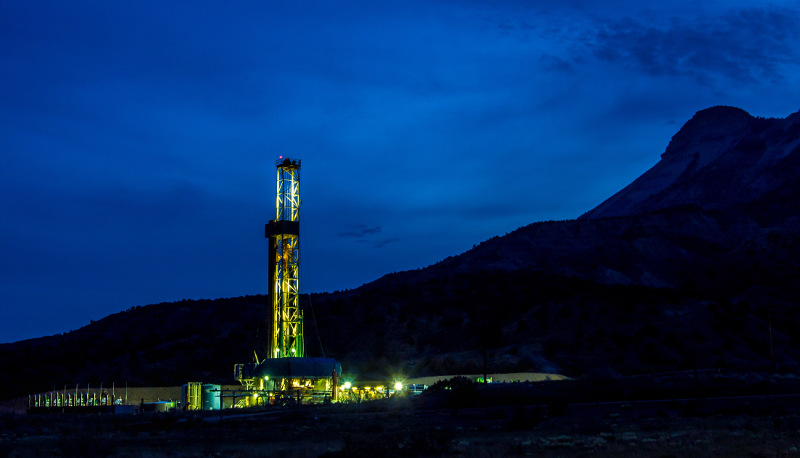
The U.S. stock market is not the only thing that’s gotten overheated in the last few years. Exuberance over U.S. energy output has hit a record high as natural gas production has reached its all-time peak, and oil production nears highs not seen in 47 years. Thanks to the so-called “shale revolution” (tapping previously inaccessible fossil fuels in shale rock deposits through the use of hydraulic fracturing and horizontal drilling technologies), the U.S. government has green-lighted liquefied natural gas export terminals and pipelines and lifted the ban on oil exports. The statistical arm of the U.S. Department of Energy—the Energy Information Administration (EIA)—predicts that the United States will become a net energy exporter in the next five years, a status we haven’t enjoyed since Eisenhower was president.
Although shale development represents a remarkable technological achievement (made possible by cheap loans and questionable finances), the EIA seems to be betting heavily on the long-term prospects of tight (shale) oil and shale gas production, apparently in the erroneous belief that what goes up must keep doing so. This despite ample warning signs that the “shale revolution” will be a short-lived phenomenon. In fact, the higher production goes, the faster and sooner it will decline.
Since 2011 my colleague at Post Carbon Institute, David Hughes (an expert on fossil fuel production who worked for the Geological Survey of Canada for 32 years), has been sounding the warning bell about the danger of betting our energy future on shale. Through intensive analysis of oil and gas production data, he has identified a clear pattern of quite rapid boom and bust cycles in shale plays.
…click on the above link to read the rest of the article…